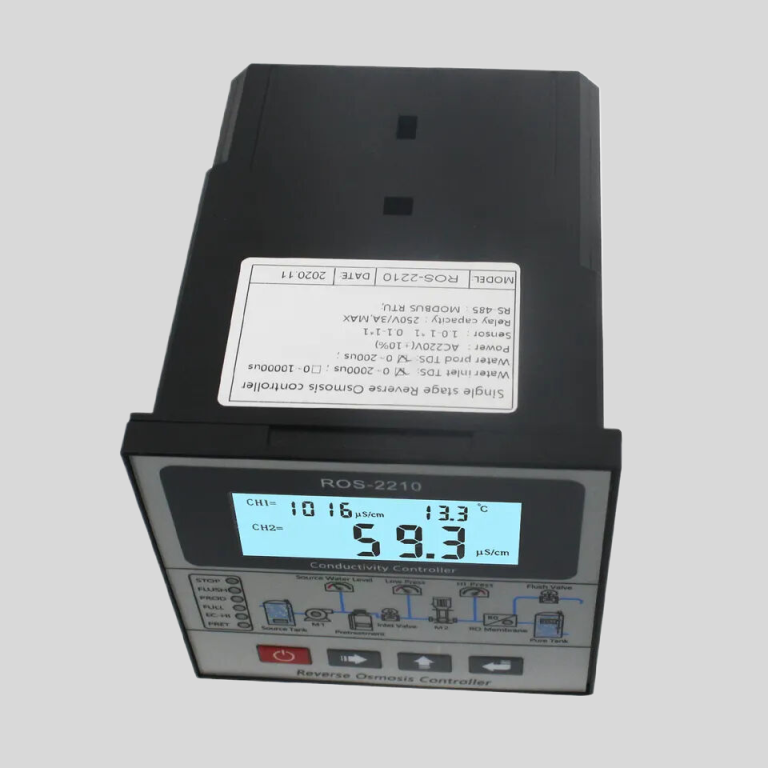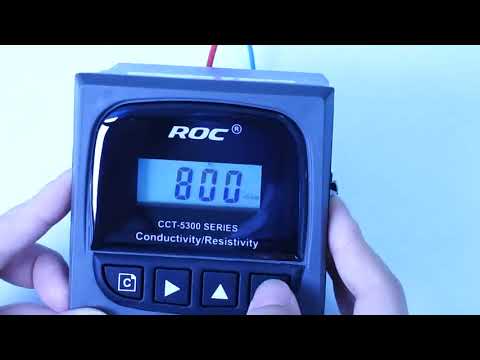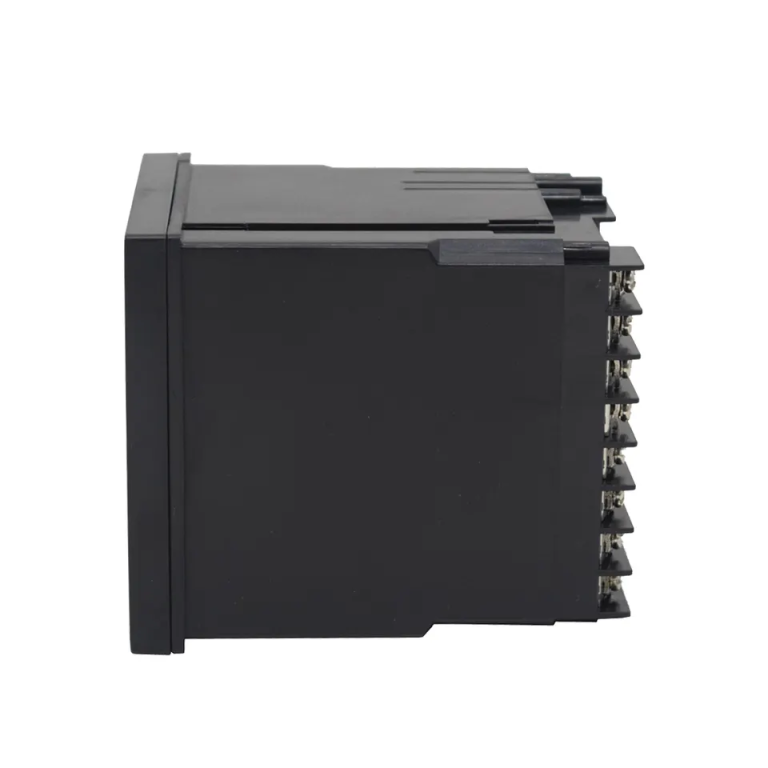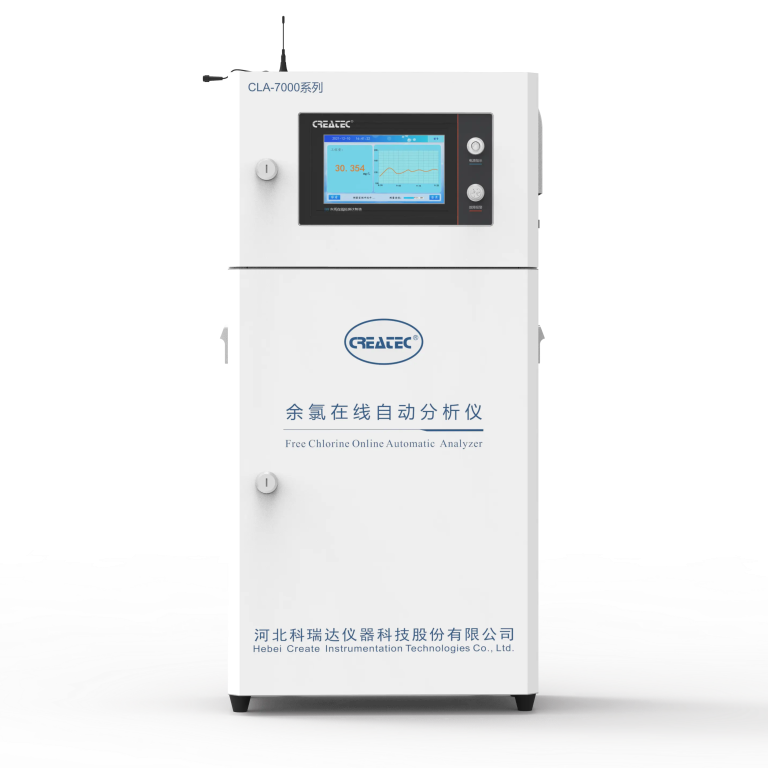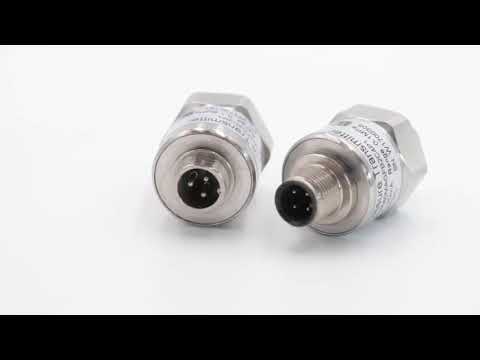Table of Contents
Benefits of Using Optical dissolved oxygen sensors in Industrial Processes
Optical dissolved oxygen sensors, also known as ODO sensors, are becoming increasingly popular in industrial processes due to their numerous benefits. These sensors use optical technology to measure the amount of oxygen dissolved in a liquid, providing accurate and reliable data for a wide range of applications. In this article, we will explore the advantages of using ODO sensors in industrial processes and how they can improve efficiency and productivity.
One of the key benefits of ODO sensors is their high accuracy and precision. Traditional dissolved oxygen sensors can be prone to drift and calibration issues, leading to inaccurate readings and unreliable data. ODO sensors, on the other hand, are more stable and require less frequent calibration, ensuring that the measurements are consistently accurate over time. This high level of accuracy is essential in industrial processes where even small variations in oxygen levels can have a significant impact on the quality of the final product.
In addition to their accuracy, ODO sensors are also known for their fast response times. Traditional sensors can take several minutes to stabilize and provide a reliable reading, which can be a significant drawback in dynamic industrial processes where quick decisions need to be made. ODO sensors, on the other hand, can provide real-time data, allowing operators to monitor and adjust oxygen levels on the fly. This rapid response time can help improve process control and optimize efficiency, leading to cost savings and increased productivity.

Another advantage of ODO sensors is their low maintenance requirements. Traditional sensors often require frequent cleaning and calibration to ensure accurate readings, which can be time-consuming and labor-intensive. ODO sensors, on the other hand, are more resistant to fouling and drift, reducing the need for regular maintenance. This can help save time and resources, allowing operators to focus on other aspects of the process.
| pH/ORP-3500 series pH/ORP Online Meter | |||
| \\u3000 | pH | ORP | Temp. |
| Measurement range | 0.00\\uff5e14.00 | (-2000\\uff5e+2000)mV | (0.0\\uff5e99.9)\\u2103\\uff08Temp. Compensation \\uff1aNTC10K) |
| Resolution | 0.01 | 1mV | 0.1\\u2103 |
| Accuracy | \\u00b10.1 | \\u00b15mV\\uff08electronic unit\\uff09 | \\u00b10.5\\u2103 |
| Buffer Solution | 9.18\\uff1b6.86\\uff1b4.01\\uff1b10.00\\uff1b7.00\\uff1b4.00 | ||
| Medium Temp. | (0\\uff5e50)\\u2103\\uff08with 25\\u2103\\u00a0as standard \\uff09manual / automatic temp.compensation for selection | ||
| Analog Output | Isolated one Channel\\uff084\\uff5e20\\uff09mA\\uff0cInstrument / Transmitter for selection | ||
| Control Output | Double relay output\\uff08ON/OFF\\uff09 | ||
| Consumption | <3W | ||
| Working Environment | Working temp.\\u00a0(0\\uff5e50)\\u2103\\uff1bRelative humidity\\u226485%RH\\uff08none condensation\\uff09 | ||
| Storage Environment | Temp.\\u00a0(-20\\uff5e60)\\u2103; Relative humidity\\u226485%RH\\uff08none condensation\\uff09 | ||
| Dimension | 48mm\\u00d796mm\\u00d780mm (H\\u00d7W\\u00d7D) | ||
| Hole Size | 44mm\\u00d792mm (H\\u00d7W) | ||
| Installation | Panel mounted ,fast installation | ||
ODO sensors are also more versatile than traditional sensors, as they can be used in a wide range of applications and environments. Whether it’s monitoring oxygen levels in wastewater treatment plants, bioreactors, or food and beverage production facilities, ODO sensors can provide reliable data in various settings. This flexibility makes them a valuable tool for industries looking to improve their processes and ensure product quality.
In conclusion, optical dissolved oxygen sensors offer numerous benefits for industrial processes, including high accuracy, fast response times, low maintenance requirements, and versatility. By investing in ODO sensors, companies can improve process control, optimize efficiency, and ultimately increase productivity. With their advanced technology and reliable performance, ODO sensors are a valuable tool for industries looking to stay ahead of the competition and meet the demands of a rapidly changing market.
How to Properly Calibrate and Maintain Optical Dissolved Oxygen Sensors for Accurate Readings
Optical dissolved oxygen sensors are a valuable tool in monitoring water quality and ensuring the health of aquatic ecosystems. These sensors use light to measure the amount of oxygen dissolved in water, providing accurate and reliable data for researchers and environmental professionals. However, like any scientific instrument, optical dissolved oxygen sensors require proper calibration and maintenance to ensure accurate readings.
Calibrating an optical dissolved oxygen sensor is a critical step in ensuring the accuracy of the data it provides. Calibration involves comparing the sensor’s readings to a known standard, typically a solution with a known concentration of dissolved oxygen. By adjusting the sensor’s settings based on this comparison, users can ensure that the sensor is providing accurate measurements.
To calibrate an optical dissolved oxygen sensor, start by preparing the calibration solution according to the manufacturer’s instructions. Place the sensor in the calibration solution and allow it to stabilize for a few minutes. Compare the sensor’s readings to the known concentration of dissolved oxygen in the calibration solution and adjust the sensor’s settings as needed to match the expected value. Repeat this process at regular intervals to ensure that the sensor remains accurate over time.
In addition to regular calibration, proper maintenance is essential for keeping optical dissolved oxygen sensors in good working condition. One of the most important maintenance tasks is cleaning the sensor regularly to remove any buildup of algae, biofilm, or other contaminants that can interfere with its readings. Use a soft brush or cloth to gently clean the sensor, being careful not to scratch or damage the sensitive optical components.
It is also important to store optical dissolved oxygen sensors properly when not in use. Store the sensor in a clean, dry place away from direct sunlight and extreme temperatures. Avoid storing the sensor in a humid environment, as this can promote the growth of algae and other contaminants that can affect its performance.
Regularly inspect the sensor for any signs of damage or wear, such as cracks in the housing or fraying of the cables. If you notice any issues, contact the manufacturer for guidance on how to repair or replace the sensor.
In conclusion, proper calibration and maintenance are essential for ensuring the accuracy and reliability of optical dissolved oxygen sensors. By following the manufacturer’s instructions for calibration and maintenance, users can ensure that their sensors provide accurate data for monitoring water quality and protecting aquatic ecosystems. Remember to calibrate the sensor regularly, clean it thoroughly, and store it properly when not in use. By taking these simple steps, users can maximize the lifespan and performance of their optical dissolved oxygen sensors.

